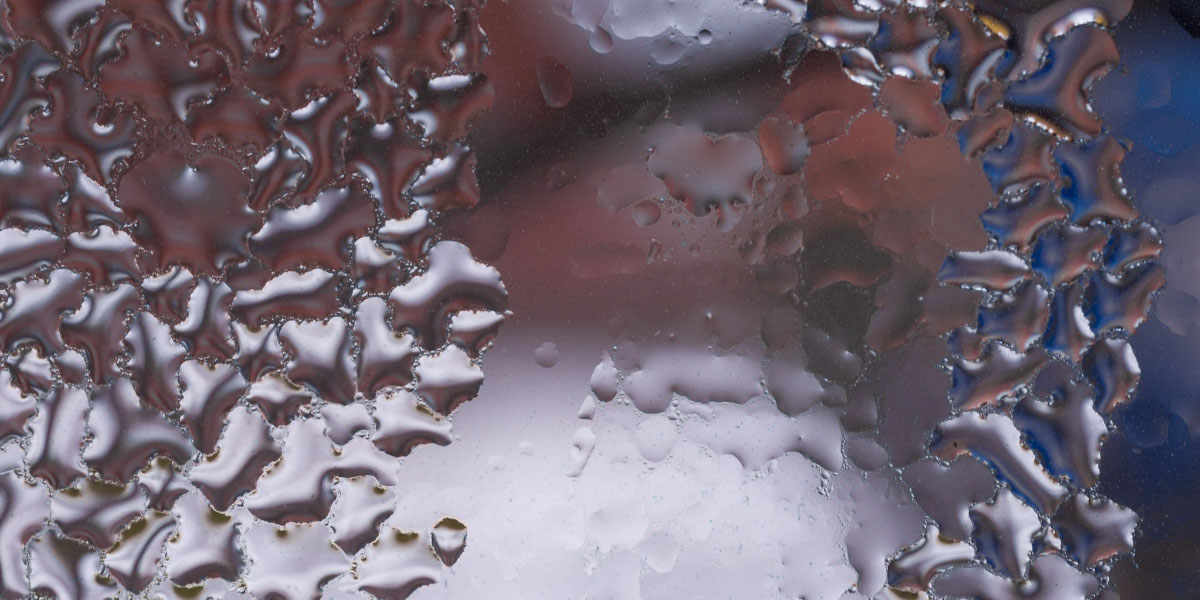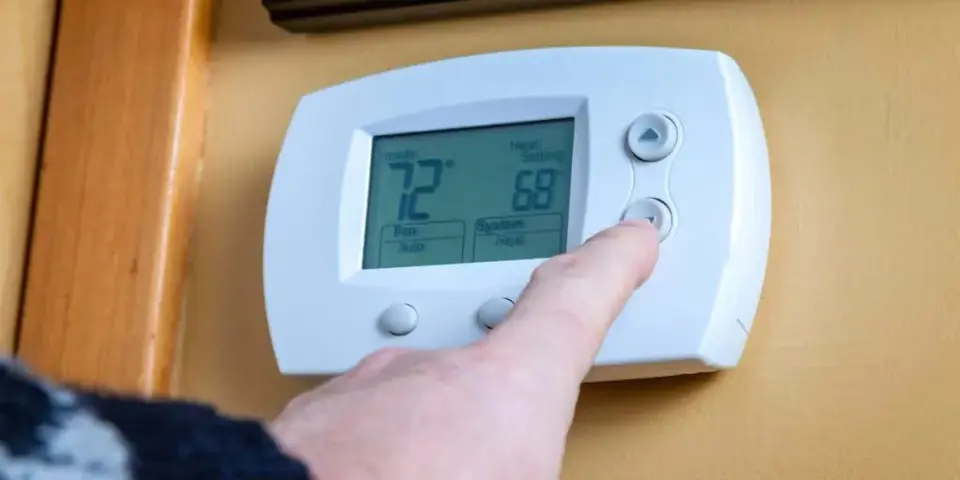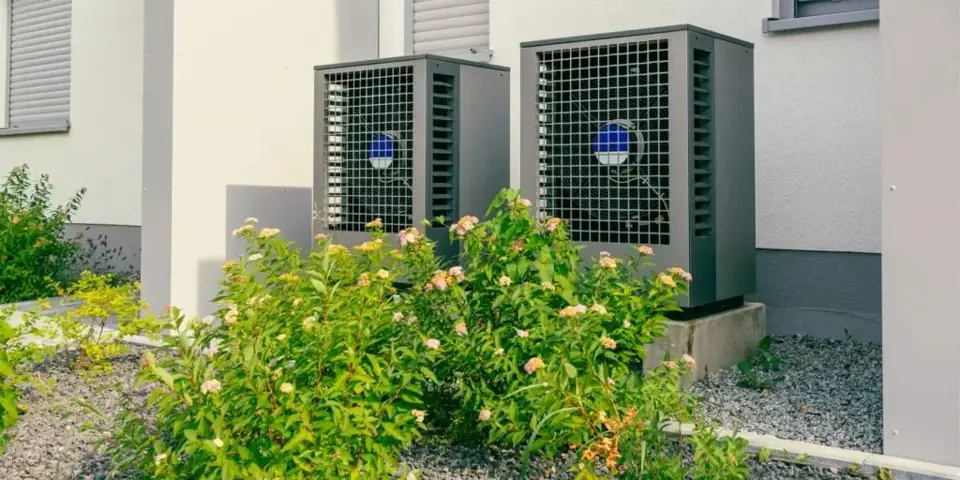Commercial air conditioning systems are the backbone of comfort and productivity in offices, retail spaces, restaurants, and industrial facilities across the San Francisco Bay Area. While most building owners and facility managers focus on temperature control and energy efficiency, one often-overlooked aspect of HVAC maintenance is condensate management.
Condensate—the water produced as a byproduct of cooling—may seem harmless, but if not properly managed, it can lead to leaky drains, water damage, mold growth, and poor indoor air quality (IAQ). These issues can result in costly repairs, health hazards, and even business interruptions.
At R & R Refrigeration and Air Conditioning, we’ve been helping Bay Area businesses manage their commercial HVAC and refrigeration systems since 1958. In this comprehensive guide, we break down the science of condensate, the risks of poor management, and the best practices for safe, efficient condensate removal. Whether you’re a building owner, property manager, or maintenance professional, this article will help you keep your facility dry, healthy, and running smoothly.
Understanding Condensate in Commercial HVAC Systems
What is Condensate?
Condensate is the water that forms when warm, humid air passes over the cold evaporator coils in an air conditioning system. As the air cools, its ability to hold moisture decreases, causing water vapor to condense into liquid droplets. This process is essential for dehumidification, which is a key function of any air conditioning system.
Where Does Condensate Go?
In a properly designed system, condensate drips off the evaporator coil into a drain pan, then flows through a network of pipes (condensate drain lines) to a safe discharge location—usually a floor drain, plumbing stack, or exterior area. Some systems use condensate pumps to move water uphill or across long distances.
Why is Condensate Management Important?
While the process sounds simple, any failure in the condensate removal system can have serious consequences. Blocked, cracked, or improperly sloped drain lines can cause water to back up and overflow, leading to:
- Water damage to ceilings, walls, and floors
- Mold and mildew growth
- Deterioration of building materials
- Electrical hazards
- Poor indoor air quality (IAQ)
- Disruption of business operations
In commercial settings, where HVAC systems are larger and run for longer periods, the volume of condensate can be significant—sometimes several gallons per hour during peak cooling. That’s why proactive condensate management is critical.
Common Condensate Problems in Commercial Buildings
Leaky or Overflowing Drain Pans
Drain pans are designed to collect condensate and direct it to the drain line. Over time, pans can rust, crack, or become misaligned, allowing water to leak into the equipment or building structure.
Clogged Drain Lines
Dust, algae, mold, and debris can accumulate in drain lines, causing blockages. When this happens, water backs up and overflows the drain pan, often going unnoticed until damage is done.
Improper Drain Line Slope
Drain lines must be installed with a continuous downward slope to ensure gravity-driven flow. Poor installation or building settling can create low spots where water pools, increasing the risk of clogs and leaks.
Faulty Condensate Pumps
In situations where gravity drainage isn’t possible, condensate pumps are used. If a pump fails or its float switch malfunctions, water can quickly overflow.
Missing or Broken Trap
A condensate trap is a U-shaped section of pipe that prevents air from being drawn into the drain line, which can disrupt drainage. Missing or dry traps can cause drainage problems and allow sewer gases to enter the building.
Poor Insulation
Uninsulated or poorly insulated drain lines can sweat, causing condensation on the outside of the pipe. This can drip onto ceilings or equipment, creating additional moisture problems.
Best Practices for Condensate Removal in Commercial HVAC Systems
Design for Proper Drainage
The foundation of effective condensate management is a well-designed drainage system. This includes:
- Appropriately sized drain pans and lines for the system’s capacity
- Proper slope (minimum 1/8 inch per foot) for gravity drainage
- Accessible cleanout points for maintenance
- Redundant (secondary) drain pans and lines for critical equipment or locations above finished spaces
Use Quality Materials
Commercial systems should use corrosion-resistant materials such as PVC, CPVC, or copper for drain lines and pans. Avoid flexible tubing, which can sag and trap water.
Install Traps and Vents
Every condensate drain line should have a properly sized trap to prevent air bypass and ensure smooth drainage. In some cases, a vent after the trap is needed to break any vacuum and allow water to flow freely.
Insulate Drain Lines
Insulate drain lines that run through unconditioned spaces to prevent sweating and external condensation. This is especially important in humid environments or where pipes pass above ceilings.
Use Condensate Pumps Where Needed
If gravity drainage isn’t possible, install a reliable condensate pump with an overflow safety switch. Pumps should be sized for the expected condensate volume and regularly tested.
Install Overflow Safety Switches
Float switches or water sensors in the drain pan can shut down the system or trigger an alarm if water levels rise unexpectedly. This can prevent major water damage by alerting staff to a problem before it escalates.
Plan for Redundancy
In high-risk areas (such as above data centers, server rooms, or finished ceilings), consider secondary drain pans and lines. These provide a backup path for water if the primary system fails.
Maintenance Tips for Condensate Management
Regular Inspections
Schedule routine inspections of all condensate pans, lines, and pumps. Look for signs of rust, corrosion, cracks, or misalignment. Check for standing water or evidence of leaks.
Clean Drain Lines
Flush drain lines with a mixture of water and mild detergent or a commercial coil cleaner at least twice a year. For systems prone to algae or mold, consider using algaecide tablets.
Test Condensate Pumps
Test pumps and float switches regularly to ensure they activate and shut off properly. Clean the pump reservoir and check for debris.
Check Traps and Vents
Make sure traps are filled with water and not blocked. Inspect vents for obstructions.
Monitor for Odors and Mold
Musty odors or visible mold near air handlers or drain lines are signs of condensate problems. Address these issues immediately to prevent IAQ issues.
Document Maintenance
Keep detailed records of inspections, cleanings, and repairs. This helps identify recurring issues and supports warranty claims.
The Risks of Neglecting Condensate Management
Water Damage
Uncontrolled condensate can cause extensive water damage to ceilings, walls, floors, and equipment. In commercial buildings, this can disrupt operations, damage inventory, and require costly repairs.
Mold and Mildew
Moisture from leaky drains creates the perfect environment for mold and mildew. Mold spores can spread through the HVAC system, affecting IAQ and posing health risks to occupants.
Poor Indoor Air Quality (IAQ)
Standing water and mold growth can degrade IAQ, leading to respiratory issues, allergies, and complaints from building occupants. In some cases, this can result in regulatory violations or lawsuits.
Equipment Damage
Water intrusion can damage electrical components, controls, and insulation within the HVAC system, leading to breakdowns and reduced lifespan.
Business Disruption
Major water leaks can force businesses to close temporarily for cleanup and repairs, resulting in lost revenue and productivity.
Emerging Technologies in Condensate Management
Smart Sensors and IoT
Modern commercial HVAC systems can be equipped with smart sensors that monitor condensate levels, detect leaks, and send alerts to building management systems or smartphones. These technologies enable proactive maintenance and rapid response to issues.
UV Lights and Antimicrobial Treatments
Installing UV lights near the evaporator coil can inhibit mold and algae growth, reducing the risk of drain line clogs. Some systems use antimicrobial coatings in drain pans and lines for added protection.
Automated Flushing Systems
Automated flushing systems periodically clear drain lines with water or cleaning solution, minimizing the risk of blockages in high-use systems.
The Role of Professional Maintenance
While some aspects of condensate management can be handled by in-house staff, many tasks require the expertise of a licensed HVAC professional. At R & R Refrigeration and Air Conditioning, our technicians are trained to:
- Inspect and clean drain pans and lines
- Test and replace condensate pumps and float switches
- Diagnose and repair leaks
- Upgrade and retrofit drainage systems
- Install smart sensors and safety devices
Regular professional maintenance ensures your system operates safely and efficiently, protecting your building and its occupants.
Protect Your Building with Proactive Condensate Management
Condensate management is a critical but often overlooked aspect of commercial HVAC maintenance. Leaky drains, clogged lines, and faulty pumps can lead to water damage, mold, and poor indoor air quality—problems that are costly to fix and disruptive to your business.
By following best practices in design, installation, and maintenance, you can prevent these issues and ensure your air conditioning system operates safely and efficiently. Regular inspections, cleaning, and the use of modern safety devices are key to keeping your facility dry and healthy.
If you’re in the San Francisco Bay Area—including San Jose, Santa Clara County, San Mateo County, and Alameda County—and need help with condensate management or any aspect of commercial HVAC and refrigeration, reach out to R & R Refrigeration and Air Conditioning. With over 65 years of experience, we’re your trusted partner for reliable, professional service.
Contact us today to schedule a consultation or maintenance visit. Protect your building, your business, and your peace of mind with R & R.
Frequently Asked Questions (FAQs) about Condensate from Commercial AC Units
Drain lines should be inspected and cleaned at least twice a year, ideally before the cooling season and again mid-season. High-use systems or those prone to clogs may require more frequent maintenance.
Common signs include water pooling near air handlers, musty odors, visible mold, water stains on ceilings or walls, and system shutdowns triggered by overflow switches.
Basic tasks like visual inspections and simple cleaning can be handled in-house, but diagnosing leaks, replacing pumps, and upgrading drainage systems should be left to licensed HVAC professionals.
A secondary drain pan or line provides a backup path for condensate if the primary system fails, protecting finished spaces from water damage—especially important for equipment located above ceilings or sensitive areas.
Regularly clean and inspect drain pans and lines, use algaecide tablets if needed, ensure proper drainage, and consider installing UV lights near the evaporator coil to inhibit mold and algae growth.






